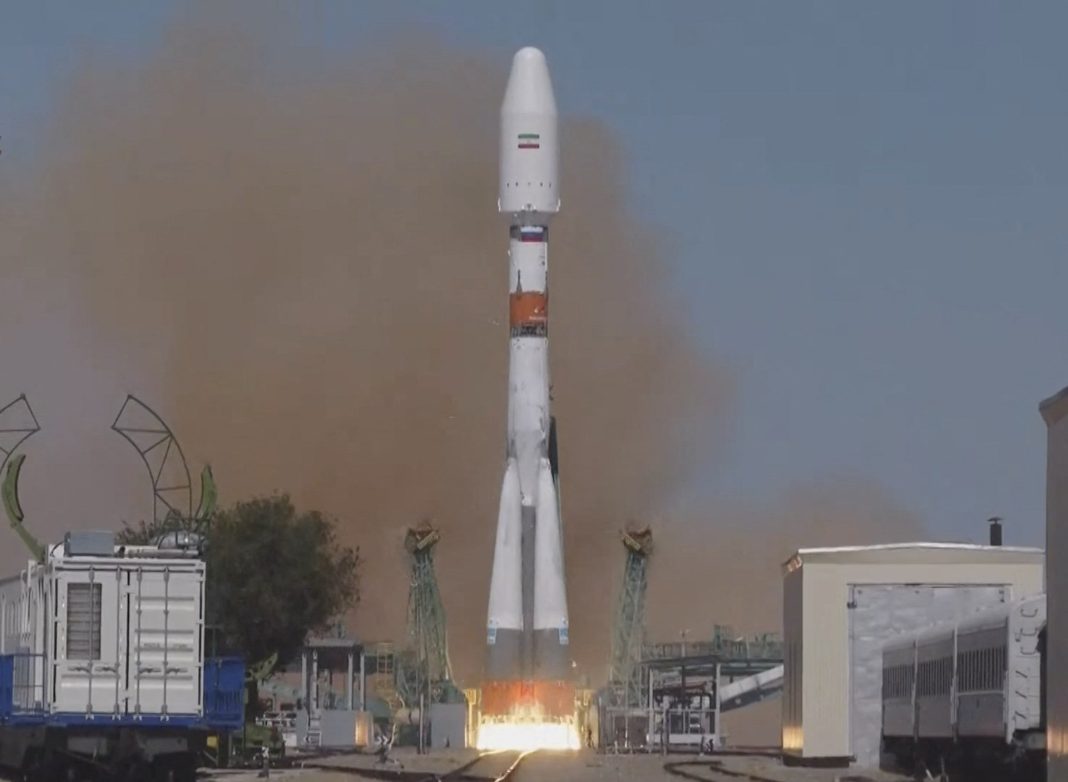The Soyuz-2.1 spacecraft lifted off as scheduled from the Vostochny Cosmodrome launchpad in far eastern Russia and put its payload into a designated orbit nine minutes after the launch on Tuesday.
Roscosmos noted that two Russian Ionosfera-M satellites – designed to monitor the space weather around Earth – and 53 small satellites, including two from Iran, were placed into orbit successfully.
Among the 53 small satellites, the two Iranian satellites were identified as the Kowsar, a high-resolution imaging satellite, and Hodhod, a small communications satellite. A Russian-Chinese student satellite, Druzhba ATURK, was also placed into orbit.
The Iranian satellites are the first launched on behalf of the country’s private sector. The Kowsar has an expected lifespan of three years and the Hodhod should operate for four years.
In 2022, a Russian rocket launched an Iranian Earth observation satellite called Khayyam, which was built in Russia at Tehran’s request. Russia put another Iranian satellite named Pars-1 into orbit in February.
The Pars-1 is a research satellite that will scan Iran’s topography from orbit, Iran’s state media reported at the time.
The latest satellite launch comes as Russia and Iran expand ties in various spheres. Moscow and Tehran are also planning to further bolster their ties with a “comprehensive strategic partnership”, set to be signed during Iranian President Masoud Pezeshkian’s planned visit to Russia, the date for which has yet to be confirmed.
